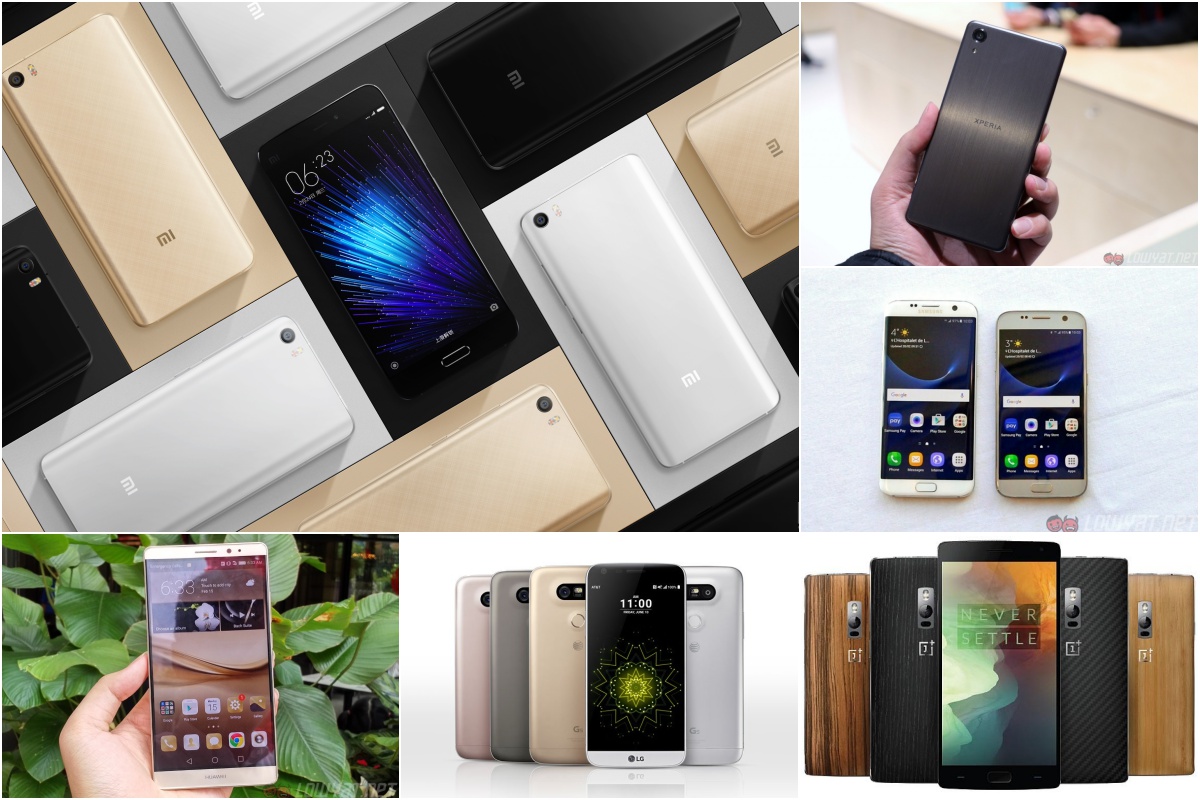The Samsung Galaxy S7, S7 edge, Xiaomi Mi 5, Sony Xperia X Performance, and even the LG G5 have been unveiled at MWC 2016, so needless to say, a spec sheet is in order. While these five devices are only the first few flagship Android devices this year, it’s interesting to compare them – along with last year’s flagship offerings – to see just how they stack up to each other. Without further ado, here is our comparison.
As the successors to the Samsung Galaxy S6 and S6 edge, the S7 and the S7 edge are not just incremental upgrades. While little has changed in terms of appearance, plenty of things have been tweaked under the hood: the microSD card slot is back, and the battery capacity – one of the biggest qualms with the S6 and S6 edge – has been dealt with. That being said, USB Type-C is evidently missing from these two devices.
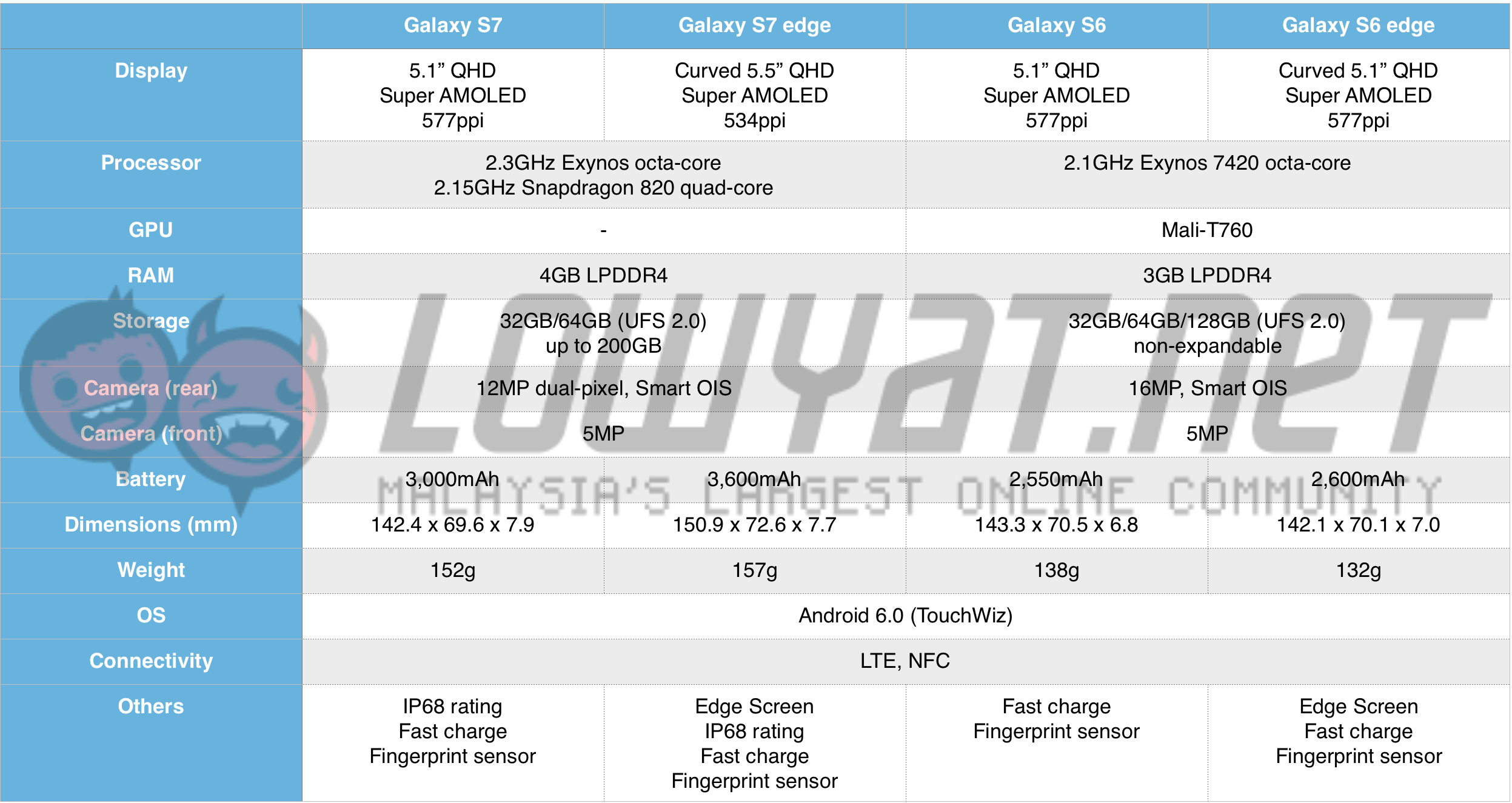 Click on the table for a full size image
Click on the table for a full size image
Other than that, the S7 and S7 edge now feature IP68 rating. These two smartphones can be submerged 1.5m underwater for up to 30 minutes, which give them an edge over their respective predecessors. While this is definitely a good change, the most interesting upgrade the S7 and S7 edge have received is a new camera: a dual-pixel 12MP sensor, which promises very fast focus speeds – it will be interesting to see how it compares to the Sony Xperia X Performance’s Predictive Hybrid Autofocus.
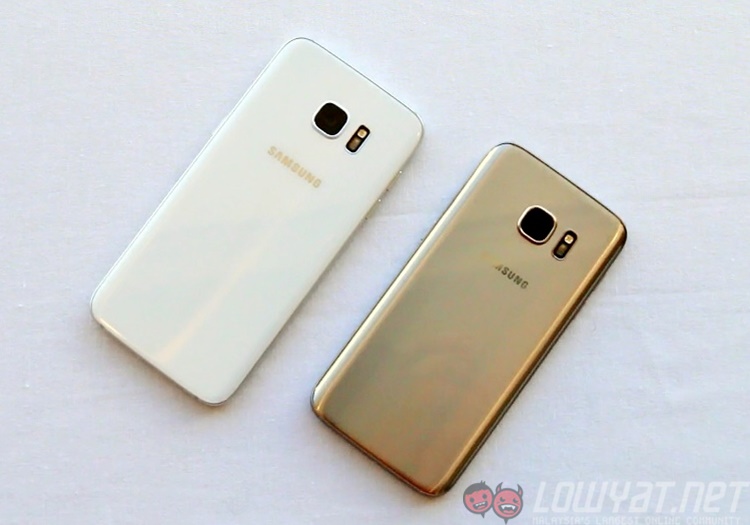
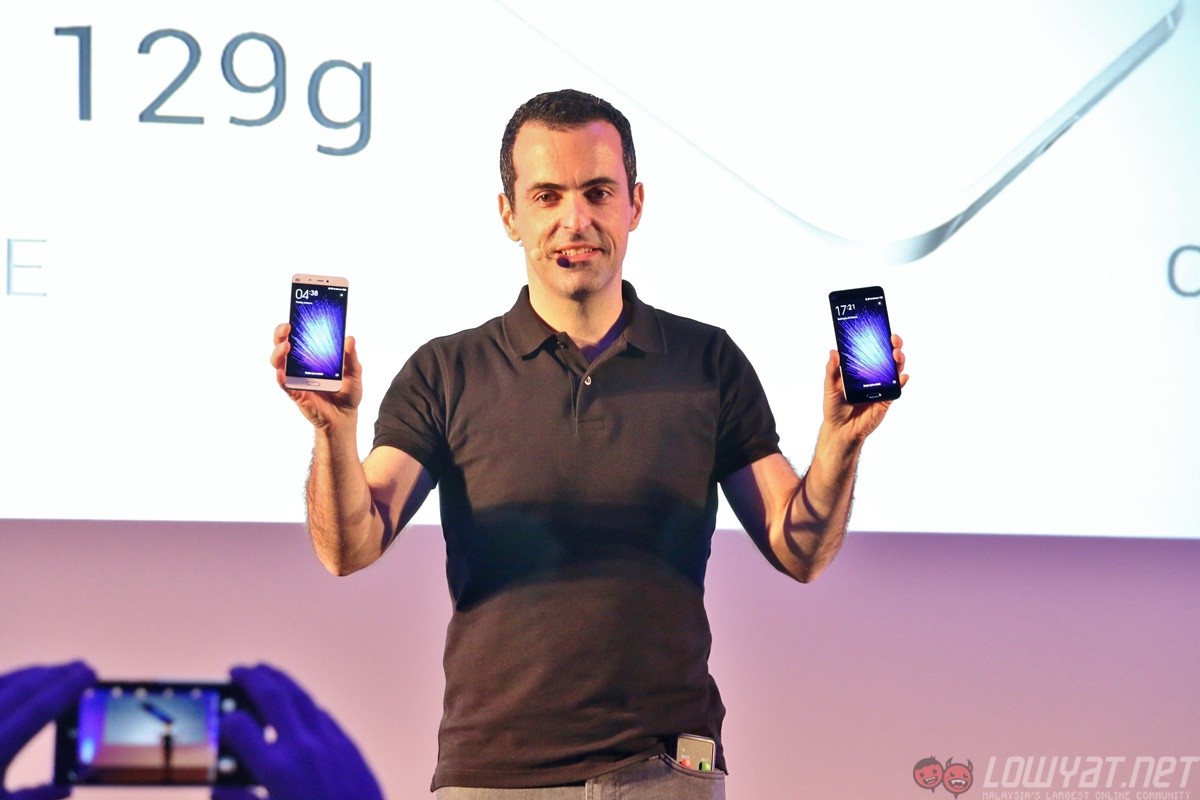
The other big announcement came from none other than Xiaomi. Not only did it unveil the much anticipated Xiaomi Mi 5, the company also introduced a new variant of the Mi 4 dubbed the Mi 4S, although this was only unveiled in China. Regardless, in terms of hardware, the Mi 4S is almost like the Mi 4c with a more premium metal body, a microSD card slot, and a rear fingerprint sensor.
In comparison to its predecessors, the Mi 5 is leaps and bounds ahead. It has a much faster Snapdragon 820 processor, 4GB of LPDDR4 RAM, a more premium ceramic back, and a 16MP rear camera with four-axis optical image stabilisation. That being said, the Mi 5’s display is still only a Full HD panel, although it’s debatable if a 5.15-inch display will benefit much from a higher resolution panel.
Now, a comparison would not be complete without comparing these new flagship devices unveiled at MWC 2016 with other similarly specced smartphones in the market now. Judging by the table below, the S7 duo are definitely better equipped in most areas. For one, these devices have a more modern – and arguably faster – processor over last year’s flagship devices, although the same can be said of the other 2016 flagship smartphones as well. On that note, the S7 duo do have IP68 rating – a feature that is also present on the Xperia X Performance – and a new camera sensor that may outperform most of the devices found below.
And then we have the “2016 flagship killer,” the OnePlus 2. As much as OnePlus would like the OnePlus 2 to be true to its title, it simply isn’t up to par with this year’s flagship devices. The OnePlus 2’s Snapdragon 810 processor, for example, is not as fast as the Exynos – or the Snapdragon 820 – chipset. On top of that, there is a very good chance that the dual-pixel camera of the S7 duo will be better than the OnePlus 2’s snapper, although this still remains to be seen.
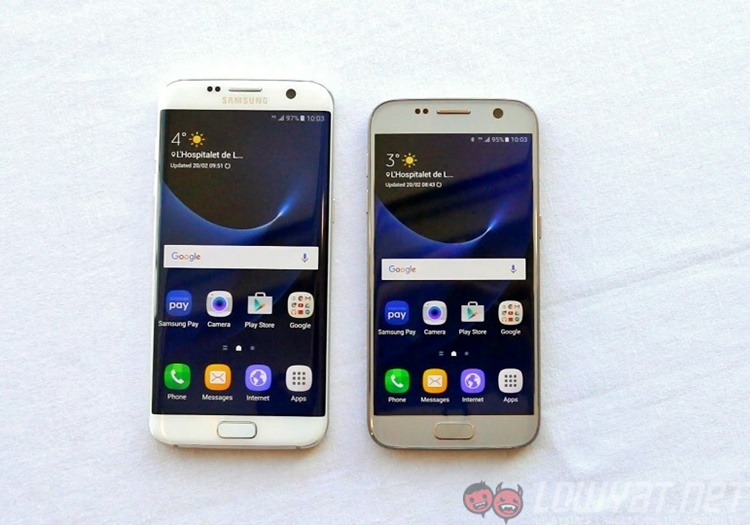
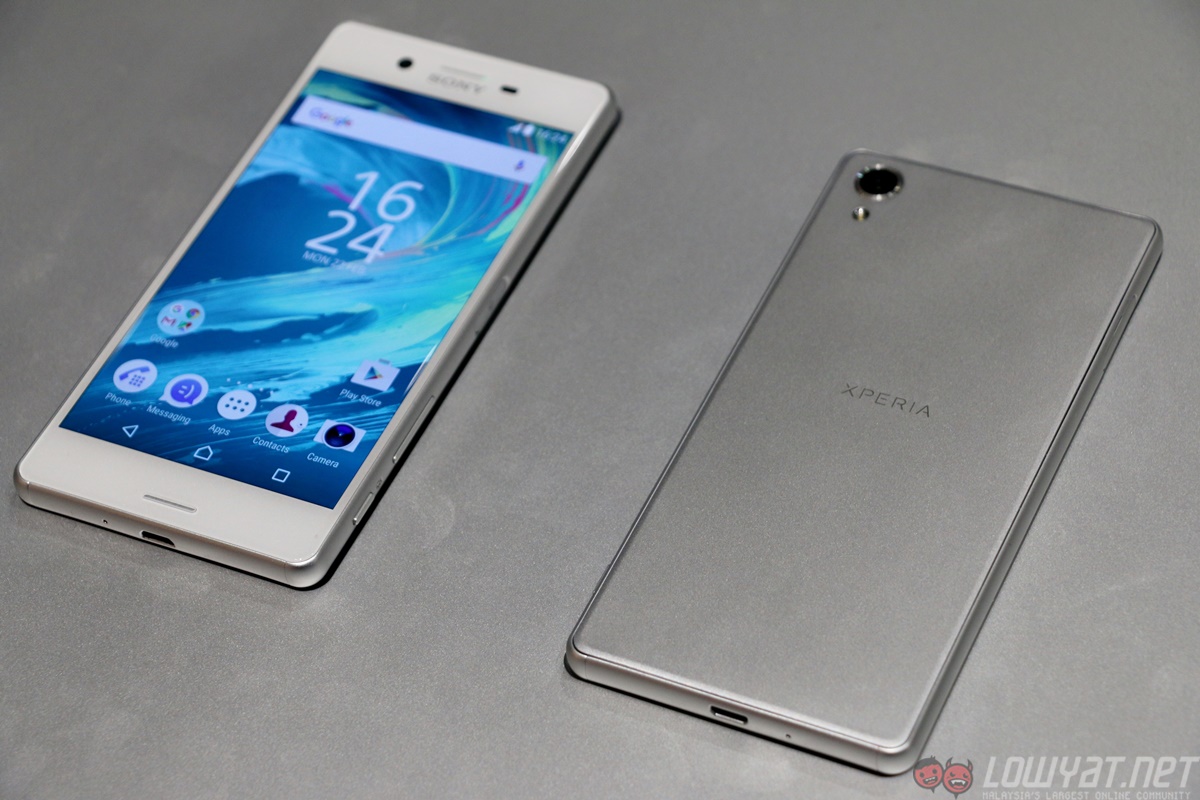
Samsung, Xiaomi, Sony, and LG definitely packed their respective flagship devices with the best hardware of today. That being said, the Galaxy S7 and S7 edge are arguably the most exciting. They are equipped with a powerful in-house processor, a new camera sensor, bigger battery capacity, IP68 rating, and most of all, a microSD card slot. But, at the end of the day, the success of these devices will depend on how consumers will respond to them. After all, each of them have their own unique selling points.
Follow us on Instagram, Facebook, Twitter or Telegram for more updates and breaking news.


